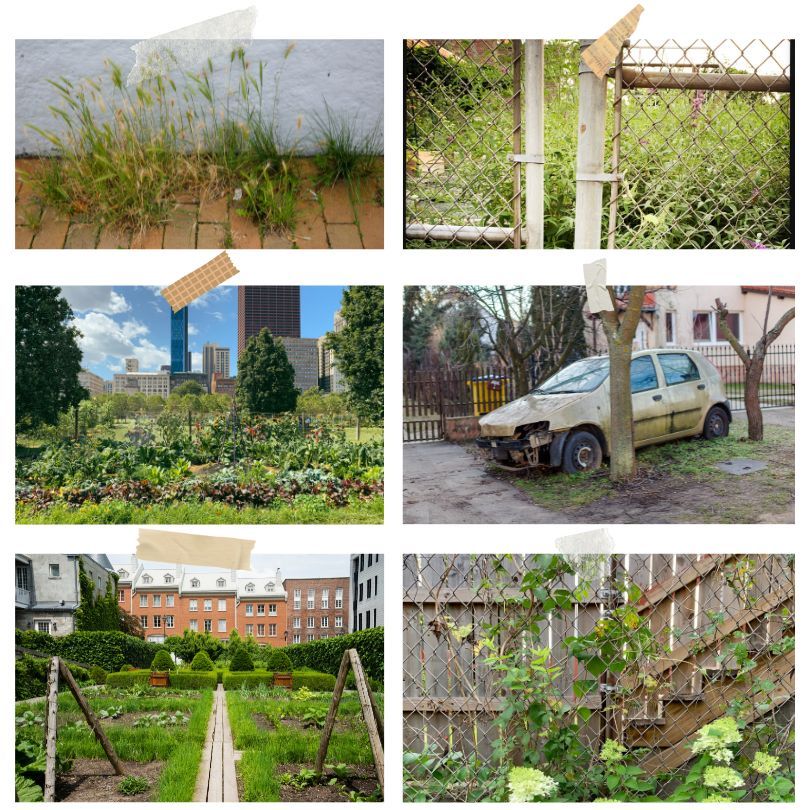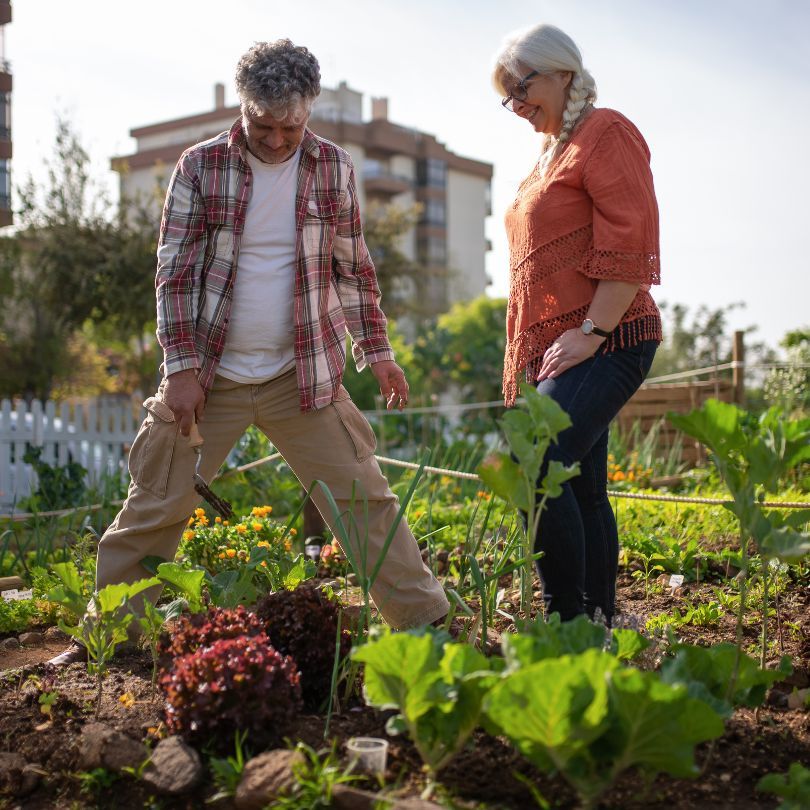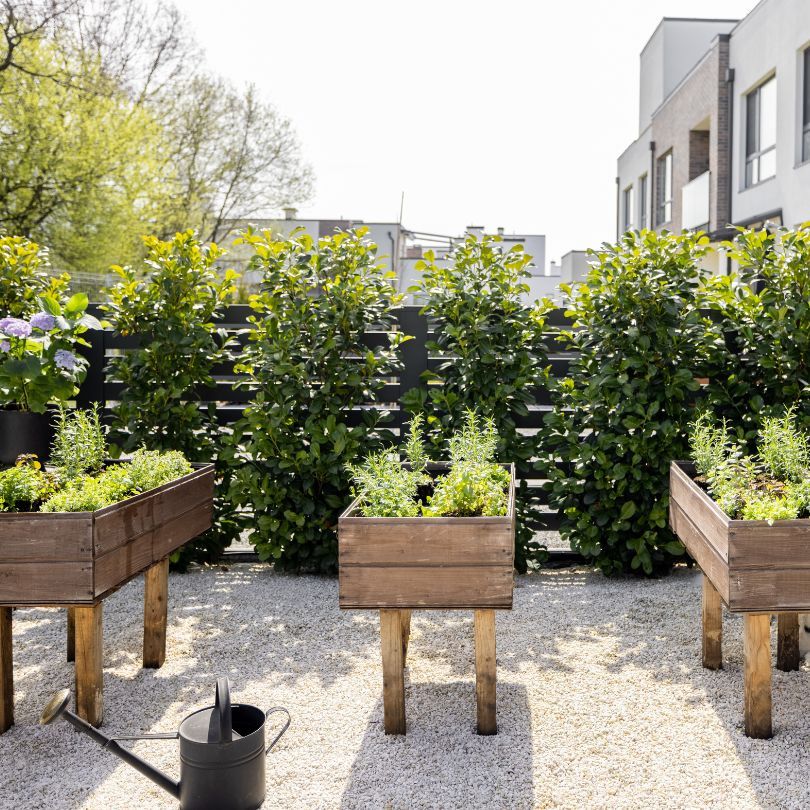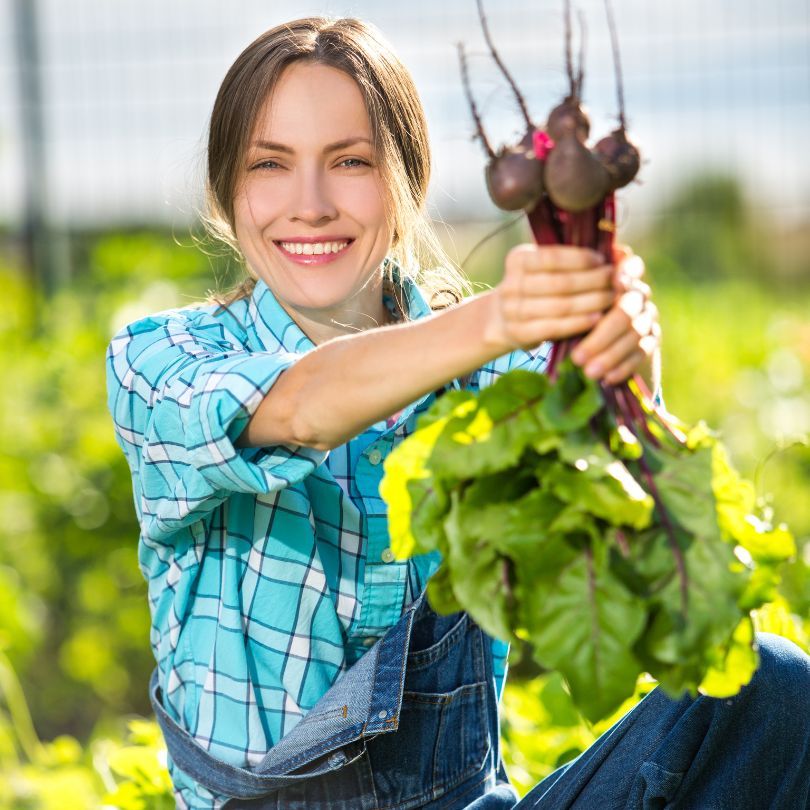
Key Takeaways
Urban gardening transforms neglected spaces into vibrant ecosystems.
Choosing the right location and plants is crucial for a successful urban garden.
Vertical gardens and container gardening are smart solutions for space constraints.
Urban gardening benefits include improved mental health and community connections.
Learn More about starting your own urban garden and join a growing movement.
Green Revival: Breathing Life into Wastelands
Picture this: a barren wasteland in the heart of the city, transformed into a lush garden where communities come together, and nature thrives. This isn’t just a dream; it’s the reality of urban gardening, a movement turning neglected spaces into green havens. It’s about more than just plants; it’s about revitalization, sustainability, and hope.
Sowing Seeds of Change
Every empty lot or abandoned space is an opportunity waiting to bloom. It starts with a single seed and a bit of soil. But urban gardening isn’t just about beautifying a space; it’s a powerful tool for change. By introducing greenery into concrete jungles, we improve air quality, reduce urban heat islands, and promote biodiversity. Most importantly, we sow the seeds of community spirit and resilience.
Turning Concrete into Canopies
Transforming concrete expanses into lush canopies isn’t just for aesthetic appeal. It’s about creating ecosystems that support urban wildlife, from bees to birds, and everything in between. Besides that, these gardens become serene spots for city dwellers to unwind and reconnect with nature.
Urban Gardening 101

So, you want to turn a desolate patch into a green paradise? Urban gardening is accessible to everyone, even if you’ve never touched a trowel in your life. The secret is starting with the right foundation. Let’s dig into the basics.
Choosing the Right Spot
Before you plant anything, observe your chosen space. How much sun does it get? What’s the wind like? Is there easy access to water? These factors determine what will thrive in your urban oasis. Remember, the best garden is one that works with nature, not against it.
Picking Plants for Urban Climates
City environments can be tough on plants. But fear not, many species are urban survivors. Choose plants that can handle pollution and variable temperatures. Think sturdy shrubs, hardy herbs, and resilient flowers. Because let’s face it, your garden should be a joy, not a chore.
Tools of the Trade: What You Need to Get Started
Getting your hands dirty? You’ll need some tools. Start with the essentials: gloves, a trowel, and a watering can. As you grow, so will your toolkit. But the most important tool is your curiosity. Gardening is a journey of learning and discovery.
The High Line: New York City’s Elevated Park
Once a disused rail line, the High Line has been ingeniously repurposed into a public park that hovers above the city’s streets. It’s a testament to what urban gardening can achieve. Here, native plants and grasses flourish, creating an elevated ecosystem that offers both ecological and social benefits. It’s a clear example that with vision and community effort, even the most unlikely spaces can become verdant retreats.
Paris’s Petite Ceinture: A Railway Reimagined
In Paris, the abandoned Petite Ceinture railway has been reborn as a green corridor that snakes through the city. This project is a beacon of biodiversity, offering a home to wildlife and a tranquil escape for Parisians. It’s a powerful reminder that the spaces we’ve given up on can be the ones that give back the most, both to nature and our communities.
How to Cultivate Your Urban Oasis

Creating your own urban garden may seem daunting, but it’s about taking the first step. Whether you have a sprawling rooftop or just a sunny windowsill, there’s a garden for every space. Start by envisioning what your oasis could be, then take that vision and plant it, one seed at a time.
Starting Small: Balcony and Windowsill Gardens
Don’t let a lack of space stifle your green dreams. Balconies and windowsills are perfect for container gardens. Choose pots of various sizes and plant herbs, flowers, or even small vegetables. These mini-gardens not only add charm but also provide the satisfaction of growing your own food, right in the heart of the city.
Community Collaborations: Strengthening Neighborhoods through Shared Gardens
Urban gardening isn’t just about plants; it’s about people. Joining or starting a community garden can forge strong neighborhood ties. Shared gardens are not just plots of land; they’re places where cultures mix, knowledge is shared, and a sense of community blooms alongside the flowers and vegetables.
Overcoming Urban Gardening Hurdles
Urban gardening comes with its own set of challenges, but they’re not insurmountable. From limited space to soil contamination, each issue has a solution. It’s about being resourceful and resilient, just like the plants we nurture.
Dealing with Limited Space
In the city, every inch counts. Vertical gardens are a smart way to maximize space. Use walls, fences, or even pallets to grow upwards. Hanging baskets and trellises can also turn a tiny area into a lush display. It’s not about how much space you have, but how creatively you use it.
Ensuring Soil Safety in Urban Areas
Urban soil can be tricky. It may contain contaminants that are not safe for growing food. Always test your soil before planting edibles. If in doubt, raised beds with clean soil and compost are your best friends. They ensure your plants have a healthy foundation, and they can be built to fit any urban space.
Test soil for contaminants like lead or heavy metals.
Use raised beds with clean soil to avoid contamination.
Consider container gardening as an alternative.
Remember, understanding your environment is key. By being aware of the unique challenges of urban spaces, you can tailor your gardening practices to ensure a safe and thriving garden. For more detailed information on how to address these challenges, read about food safety in urban gardening.
A Harvest for Health and Happiness

Urban gardens are more than just a source of fresh produce; they’re a catalyst for well-being. The act of gardening itself can be a form of therapy, reducing stress and promoting mental health. Plus, the harvest you reap is not only delicious but packed with nutrients that can enhance your physical health.
Gardening is a rewarding activity that connects you to the rhythm of nature. It’s a break from the digital world, a hands-on experience that teaches patience and care. And when you share your harvest with others, it nourishes community bonds as well as bodies.
Fresh produce from your garden is richer in nutrients.
Gardening is a therapeutic activity that can reduce stress.
Sharing your harvest fosters community connections.
Whether you’re an experienced gardener or a curious newcomer, the world of urban gardening is waiting for you. It’s a journey that starts with a single seed and grows into something extraordinary. So why not start today?
And if you’re looking to learn more about how to begin your urban gardening adventure, explore the resources available at Survival Essentials. They offer a variety of seeds and gardening tools that can help you on your journey to creating a sustainable and vibrant garden in your urban space.
The joy of urban gardening lies in the transformation it brings—not just to the landscapes we reclaim but also to our own well-being and sense of community. As we nurture plants in neglected spaces, we also nurture our bodies and minds, reaping a harvest that’s as much about health and happiness as it is about fresh produce.
The Nutritional Bounty of Home-Grown Produce
Growing your own fruits and vegetables isn’t just rewarding; it’s a step towards better nutrition. Home-grown produce is fresher, often contains more nutrients, and tastes better because it’s harvested at its peak. Plus, you have the satisfaction of knowing exactly where your food comes from and that it’s grown without harmful chemicals.
Imagine biting into a tomato that’s still warm from the sun, or snipping fresh basil right before adding it to your dish. This is the beauty of urban gardening—it brings the farm-to-table experience right to your doorstep, no matter where you live.
The Therapeutic Effects of Gardening
Gardening is more than just a physical activity; it’s a form of therapy. Digging in the soil, planting seeds, and watching them grow can be incredibly soothing and grounding. It’s a way to disconnect from the fast pace of urban life and find a moment of peace. Studies have shown that gardening can reduce stress, improve mental clarity, and even alleviate symptoms of depression and anxiety.
There’s a certain magic in tending to a garden. It’s a process that teaches us patience, care, and the ability to adapt. And the reward is not just the harvest but also the serene moments spent among the greenery, which can be a rare commodity in the concrete jungle.
FAQs
Got questions? You’re not alone. Here are some of the most common questions about urban gardening, along with straightforward answers to help you get started.
Can I Garden If I Don’t Have a Yard?
Absolutely! Urban gardening can be done in a variety of spaces, including balconies, rooftops, windowsills, or community gardens.
Consider container gardening or vertical gardening to make the most of small spaces.
Joining a community garden can provide you with a plot of land and a sense of community.
Don’t let the lack of traditional garden space hold you back. Urban gardening is all about creativity and making the most of what you have.
How Can I Test Soil Safety in My Urban Garden?
Before planting, have your soil tested for contaminants like lead or heavy metals, especially if you’re planning to grow edibles. You can usually get a soil test kit from your local extension office or a garden center. If contamination is a concern, raised beds with clean soil and compost are a safe bet.
Is Urban Gardening Cost-Effective?
Urban gardening can be very cost-effective. Starting a garden might require some initial investment for supplies, but the savings on grocery bills can quickly add up. Plus, many resources and materials can be found for free or at a low cost, especially if you’re willing to get creative and repurpose items.
What Are Some Easy Plants to Start with in an Urban Garden?
If you’re new to gardening, start with plants that are known for being hardy and low-maintenance. Some great options include:
Herbs like basil, mint, and cilantro
Leafy greens such as lettuce, spinach, and kale
Tomatoes, which can be grown in containers or hanging baskets
Edible flowers like nasturtiums or marigolds to add a pop of color
These plants are not only easy to grow but also add flavor and beauty to your urban garden.
How Can Urban Gardening Impact Community Well-Being?
Urban gardening has a profound impact on community well-being. It fosters social interaction, collaboration, and a sense of belonging. Community gardens, in particular, can become hubs of neighborhood activity, bringing together people from diverse backgrounds to share in the joy of gardening.
Moreover, urban gardens can serve as educational spaces where children and adults alike can learn about sustainability, nutrition, and the environment. They are places where people can take collective action and make a positive impact on their urban ecosystem.
As we wrap up this exploration of urban gardening in wastelands, remember that every small step contributes to a larger movement towards sustainability and community resilience. Whether you’re transforming a small balcony or participating in a large community project, your efforts help to cultivate a greener, healthier urban landscape for everyone.







Leave a Reply